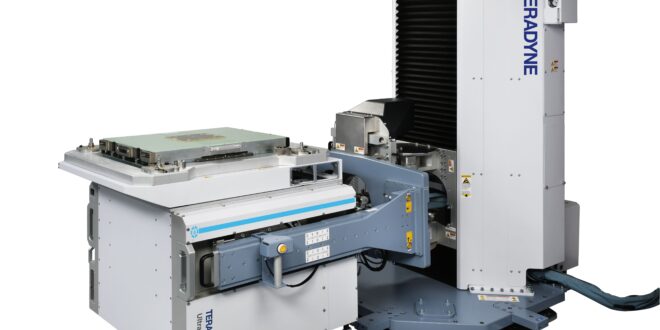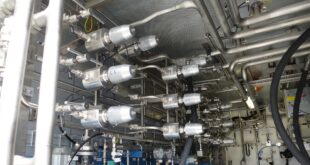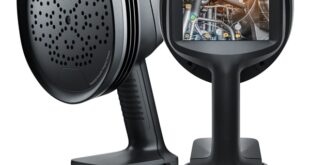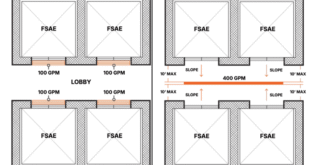Teradyne, Inc. announces the Teradyne UltraPHY 224G for UltraFLEXplus for high-speed PHY performance testing that extends its portfolio beyond the UltraPHY 112G instrument.
UltraPHY 224G, developed by Teradyne with Multilane modules, delivers bench-quality signal generation and measurement for production testing. Designed to meet strict hardware and software standards, it sets a new benchmark for test density and the signal fidelity required by next-generation semiconductor interfaces.
While UltraPHY 112G is optimised for today’s high-speed standards, UltraPHY 224G extends the performance envelope to address emerging data rates in the data center and silicon photonics (SiPh) markets. Both instruments are designed to co-exist in the same UltraFLEXplus platform, giving customers maximum flexibility to test the broadest range of current and future high-speed interfaces.
UltraPHY 224G provides 8 full-duplex differential lanes plus 8 Rx-only differential lanes per instrument, supporting data rates up to 112Gb/s NRZ and 224Gb/s (112Gbaud PAM4) using a DSO + BERT architecture. Like Teradyne’s UltraPHY 112G, the UltraPHY 224G is extremely scalable, with support for multiple instruments per UltraFLEXplus platform and the flexibility to extend to emerging advanced modulation formats as the industry evolves.
Key benefits include:
- Single tester platform for all PHY testing needs – both the UltraPHY 224G and the UltraPHY 112G are designed for Teradyne UltraFLEXplus.
- Coexistence – The same UltraFLEXplus can house both UltraPHY 224G and UltraPHY 112G simultaneously, enabling the full data rate spectrum for PHY testing.
- Streamlined test development and diagnostics leveraging Teradyne’s widely-adopted IG-XL software.
- Built on best-in-class bench technology, UltraPHY delivers a fully-integrated production test solution with Teradyne as the single point of contact for service and support.
- Integrated DSO, AWG, and BERT capabilities for comprehensive PHY production testing and characterisation.
- >50GHz signal delivery bandwidth with proven reliability in production environments.
- Extensible architecture to support current and future electrical interface standards for SiPh and non-SiPh devices.
 Engineer News Network The ultimate online news and information resource for today’s engineer
Engineer News Network The ultimate online news and information resource for today’s engineer



